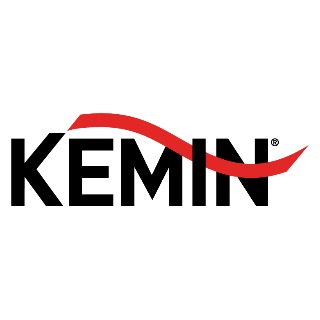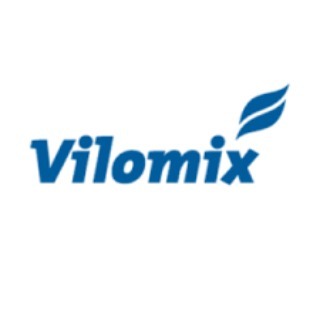
Xavier Flotats Ripoll
Universitat Politècnica de Catalunya - Spain AuthorXavier Flotats Ripoll is a doctor of industrial engineering.
Project Engineer of TApS (Solar Harnessing Technology) from 1981 to 1986
Professor of environmental engineering at the University of Lleida (UdL) until 2005
Director of the Technological Centre GIRO (Integral Management of Organic Waste) from 2005 to 2012
Professor at the Universidad Politécnica de Cataluña (UPC) since 2009.
Currently he is a professor emeritus.
His academic and professional activity has focused on organic waste management and the study, development and mathematical modelling of transformation processes, especially anaerobic digestion and biogas production from livestock manure. His professional activity includes the biogas plant at the Mas El Cros pig farm (Santa Pau, Girona), which he designed in 1981 and operated from 1983 to 2003 (energy saving award 2002). He is an honorary member of AEBIG (Spanish Association of Biogas).
Updated CV 14-Nov-2019
 Veterinary practitioner/consultant
Jose Casanovas
Spain
13
Publications
147
Followers
Veterinary practitioner/consultant
Jose Casanovas
Spain
13
Publications
147
Followers
 Veterinary practitioner/consultant
Jordi Guillaumet
Spain
41
Publications
80
Followers
Veterinary practitioner/consultant
Jordi Guillaumet
Spain
41
Publications
80
Followers
 Agronomist
Xavier Salamó
Spain
16
Publications
429
Followers
Agronomist
Xavier Salamó
Spain
16
Publications
429
Followers
 Veterinary practitioner/consultant
carlos carrijo
Brazil
3
Publications
63
Followers
Veterinary practitioner/consultant
carlos carrijo
Brazil
3
Publications
63
Followers
 Veterinary practitioner/consultant
Miquel Crisol
Spain
82
Publications
454
Followers
Veterinary practitioner/consultant
Miquel Crisol
Spain
82
Publications
454
Followers
 Pig producer
Angel Luengo Bello
Spain
1
Followers
Pig producer
Angel Luengo Bello
Spain
1
Followers
 Agronomist
PALOMA GARCÍA REBOLLAR
Spain
8
Followers
Agronomist
PALOMA GARCÍA REBOLLAR
Spain
8
Followers
 Veterinary practitioner/consultant
lucas olaviaga
Argentina
3
Publications
99
Followers
Veterinary practitioner/consultant
lucas olaviaga
Argentina
3
Publications
99
Followers
 Veterinary practitioner/consultant
Adelfa del Carmen García Contreras
Mexico
1
Followers
Veterinary practitioner/consultant
Adelfa del Carmen García Contreras
Mexico
1
Followers
 Education/research
Avelina Bellostas Ara
Spain
18
Followers
Education/research
Avelina Bellostas Ara
Spain
18
Followers
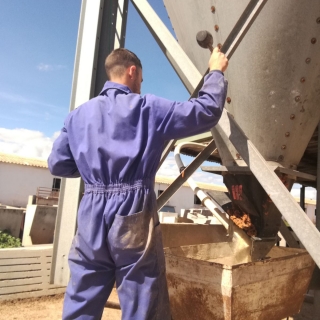 Pig producer
javier palomares lopez
Spain
1
Publications
50
Followers
Pig producer
javier palomares lopez
Spain
1
Publications
50
Followers
 Veterinary practitioner/consultant
PATRICIO MARTINEZ GARCÍA
Spain
2
Followers
Veterinary practitioner/consultant
PATRICIO MARTINEZ GARCÍA
Spain
2
Followers
 Pig producer
carles mas rosas
Spain
2
Followers
Pig producer
carles mas rosas
Spain
2
Followers
 Veterinary practitioner/consultant
Reinaldo Cubillos
Chile
51
Publications
344
Followers
Veterinary practitioner/consultant
Reinaldo Cubillos
Chile
51
Publications
344
Followers
 Pig producer
Bartosz Czarniak
Poland
2
Publications
6
Followers
Pig producer
Bartosz Czarniak
Poland
2
Publications
6
Followers
 Pig producer
Cesar Gazquez
Spain
1
Followers
Pig producer
Cesar Gazquez
Spain
1
Followers
 Company
3trois3
Spain
75
Publications
337
Followers
Company
3trois3
Spain
75
Publications
337
Followers
 Veterinary practitioner/consultant
ANGEL LUENGO BELLO
Spain
1
Followers
Veterinary practitioner/consultant
ANGEL LUENGO BELLO
Spain
1
Followers
 Pig producer
JUAN Garcia Casanova
Spain
3
Followers
Pig producer
JUAN Garcia Casanova
Spain
3
Followers
 Veterinary practitioner/consultant
Mariano Herrero Encinas
Spain
3
Followers
Veterinary practitioner/consultant
Mariano Herrero Encinas
Spain
3
Followers
 Meat industry
dolors puyol miro
Spain
9
Followers
Meat industry
dolors puyol miro
Spain
9
Followers
 User
Liberto Colomina Lorenzo
Spain
1
Followers
User
Liberto Colomina Lorenzo
Spain
1
Followers
 Pig producer
Leandro Franz
Brazil
4
Followers
Pig producer
Leandro Franz
Brazil
4
Followers
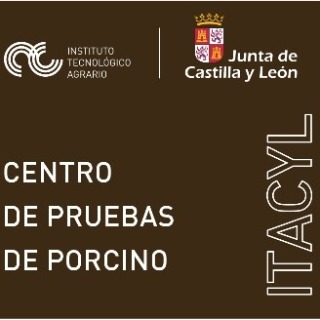 Education/research
José Gómez Fernández
Spain
9
Followers
Education/research
José Gómez Fernández
Spain
9
Followers
 Education/research
Mr G Hooper
United Kingdom
3
Followers
Education/research
Mr G Hooper
United Kingdom
3
Followers
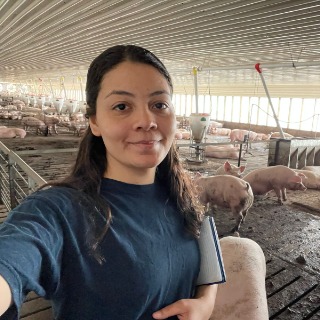 Veterinary practitioner/consultant
Belina Lopez Quevedo
Mexico
32
Followers
Veterinary practitioner/consultant
Belina Lopez Quevedo
Mexico
32
Followers
 Pig producer
Filip Van Laere
Belgium
7
Followers
Pig producer
Filip Van Laere
Belgium
7
Followers
 Veterinary practitioner/consultant
David Miño
Greece
11
Followers
Veterinary practitioner/consultant
David Miño
Greece
11
Followers
 Agronomist
Nelson Miguel Peña Chicnhay
Peru
3
Followers
Agronomist
Nelson Miguel Peña Chicnhay
Peru
3
Followers
 Agronomist
Jesus Ramírez
Spain
1
Followers
Agronomist
Jesus Ramírez
Spain
1
Followers
 Pig producer
Jose Victor Mussomar
Mozambique
4
Followers
Pig producer
Jose Victor Mussomar
Mozambique
4
Followers
 Meat industry
Jaime García Olivar
Mexico
13
Followers
Meat industry
Jaime García Olivar
Mexico
13
Followers



